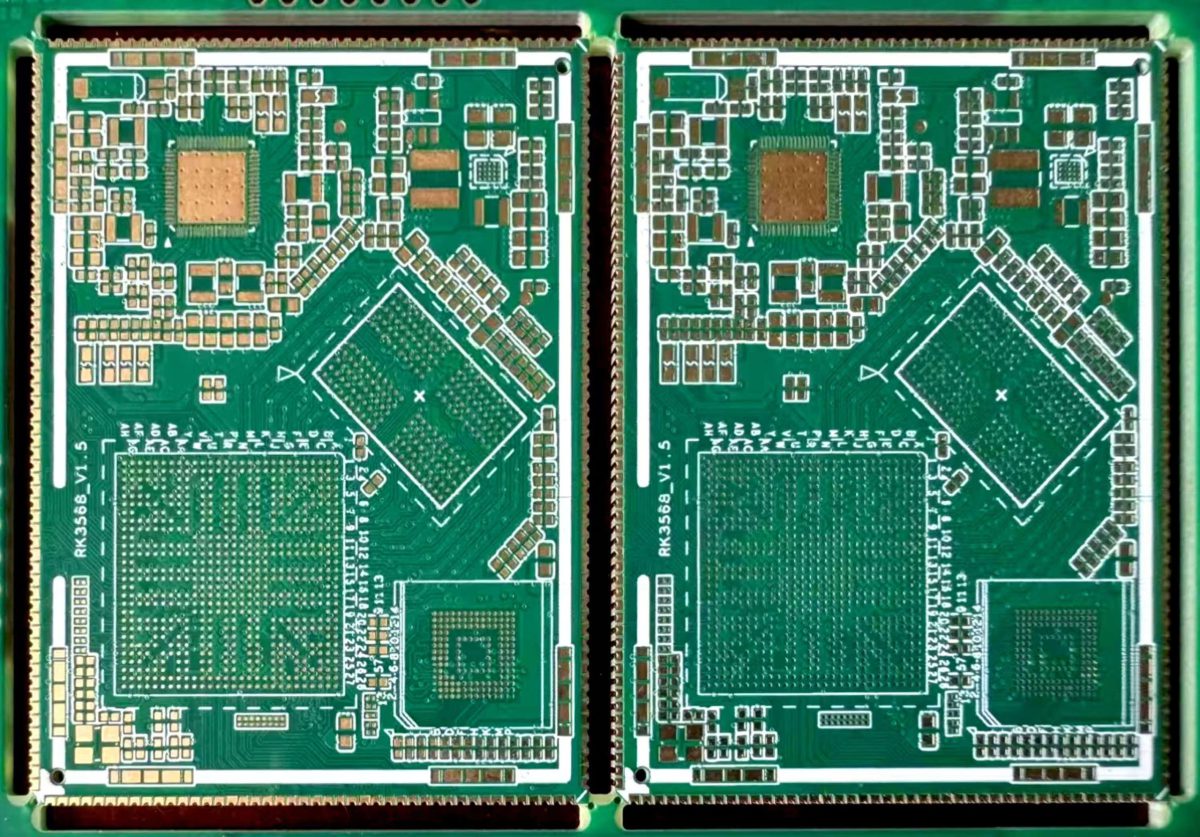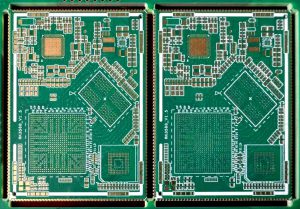 Well-known PCB supplier
Well-known PCB supplier
+86 13603063656

Time is the biggest cost in hardware innovation. Imagine finalizing your PCB design and being eager to test its functionality, only to find that traditional PCB manufacturers require at least a week—if not longer—to deliver. Every design change means more waiting and higher expenses.
For startups, engineers, and R&D teams, choosing the right PCB-printer is key to overcoming these bottlenecks. A reliable PCB printer can deliver high-quality circuit boards in the shortest time while reducing prototyping and small-batch production costs, allowing your project to reach the market faster.
Like capacitors and resistors, PCB printers have become an independent sector in the electronics industry. Nearly 100% of electronic products now rely on PCB printers for custom circuit board fabrication.
However, PCBs differ from capacitors and resistors—while passive components are standardized, PCBs are custom-made products. This means that choosing the right PCB printer is crucial, as an unreliable supplier can lead to delays, defects, and increased costs.
PCBs are not manufactured as one-time orders. Companies often place repeat orders every month for existing designs while introducing new models. A PCB printer that delivers a single high-quality batch doesn’t automatically qualify as a reliable supplier. Long-term stability and consistency in manufacturing quality are what truly define a dependable PCB printer.

How to Use a PCB Printer to Speed Up Prototyping and Reduce Costs
Traditional PCB production often requires several days to weeks, especially when revisions are needed. A reliable PCB printer offers rapid prototyping services, with some manufacturers providing 24-hour express production to quickly turn designs into physical PCBs.
In-house PCB fabrication can lead to etching inconsistencies, trace breaks, and misaligned layers, causing prototypes to fail. A professional PCB printer uses laser drilling, precision etching, and automated inspection to ensure every board meets strict quality standards, reducing debugging and rework time.
Custom PCBs are subject to constant updates and revisions. Clients may also introduce design errors or omissions, which, if undetected, can cause significant setbacks. An experienced PCB printer can identify and correct these mistakes before production, saving time and preventing costly rework.
Setting up an in-house PCB production facility requires substantial investment in etching machines, laser engravers, exposure units, and more. Partnering with a PCB printer eliminates these costs, making it the preferred choice for startups and small businesses.
Large-scale PCB production can lead to excessive stockpiling and waste. Many PCB printers offer small-batch manufacturing services, allowing you to order as few as 10 or 50 boards at a time—an ideal solution for companies in the testing phase.
Custom PCBs are prone to design flaws and mistakes. A skilled PCB printer with extensive experience can detect and rectify these issues before production, saving not just money but also valuable time that would otherwise be lost in redesigns and remanufacturing.
Look for a PCB printer that supports:
For fast-paced prototyping, turnaround time is critical. Some manufacturers offer same-day or 24-hour express PCB fabrication, which is invaluable for teams needing rapid iteration.
A high-quality PCB printer should hold certifications such as:
If your PCBs are used in automotive, medical, or aerospace applications, TS16949 certification is essential.
A PCB printer with experienced engineers who can communicate in English ensures fewer misunderstandings and faster issue resolution. Effective communication directly with procurement or engineering teams can prevent misinterpretations and streamline production.
Ensure your Gerber files, drill files, and BOM (Bill of Materials) are correctly formatted and comply with the manufacturer’s design rules. Improper trace spacing or pad sizes can lead to production delays.
Before committing to full-scale production, always order a small batch for testing. This ensures the design functions correctly before mass production, reducing the risk of large-scale defects.
In high-volume production, problems are inevitable. A top-tier PCB printer should be able to acknowledge and resolve issues quickly rather than hiding or ignoring them. Transparency and problem-solving capabilities distinguish exceptional suppliers from mediocre ones.
PCB-printers have become an essential part of the electronics industry, producing nearly all custom circuit boards for modern devices. Unlike standardized components such as capacitors and resistors, PCBs require careful supplier selection to ensure quality, reliability, and cost efficiency.
A trusted PCB printer accelerates prototyping, reduces manufacturing costs, and provides long-term stability. More importantly, experienced engineering support, high-quality standards, and consistent performance make the difference between an average supplier and a strategic partner.
Whether you’re a startup, engineer, or R&D team, choosing the right PCB printer can determine the success of your product development cycle. Find a reliable partner and bring your innovations to life—faster and more efficiently than ever before.
With 14 years of experience in PCB manufacturing, Jerico Multilayer PCB-Printer not only understands these essential requirements but has built its own quality system based on them. By adhering to these industry standards and continuously improving its processes, Jerico ensures high-quality, consistent, and cost-effective PCB solutions for its customers.
If you’re looking for a long-term, reliable PCB partner that meets the highest industry standards, Jerico Multilayer PCB-Printer is the right choice for you.
Connect to a Jerico Multilayer PCB engineer to support your project!
Request A Quote